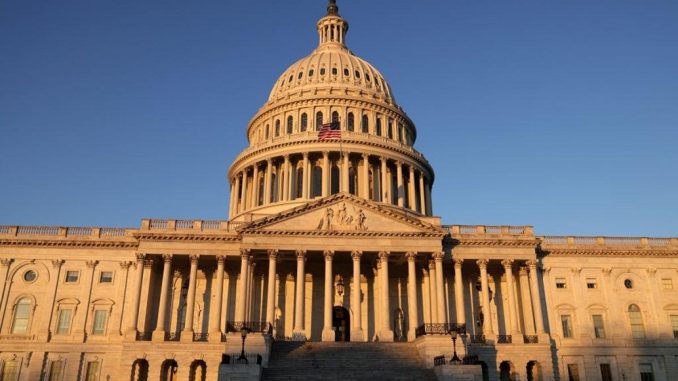
By: Luis Meiners
At the time of writing this article, the vote count for the legislative elections in the United States is still in progress. Key races that will decide control of the Senate and the House of Representatives are yet to be called. The latter will likely land in the hands of the Republicans, while control of the Senate is up for grabs by either of the two parties by the slightest difference.
On the eve of the elections there was an expectation that a Republican wave would take place. The low popularity of Joe Biden (around 40%) and the difficulties of the economy, mainly high inflation, fueled the prospect of a tough defeat for the Democrats. However, the Republican wave has not materialized. Even if they managed to control one or both legislative chambers, the results have fallen short of their expectations. On the other side, the Democratic Party and the Biden administration suffered a blow, but avoided a beating.
Elements of analysis
Some key points help to understand this electoral result. First of all, it is clear that the Biden administration and the Democratic Party are in bad shape. The economic situation marked by record inflation, the slowdown of the post-pandemic economic rebound, and the prospect of a looming recession largely explains the prevailing discontent. As Micheal Roberts points out in a recent article, the real income of wage earners has suffered a significant drop and inequality levels are at historical highs.
Another element that was at stake in this contest was the internal dynamics of the Republican Party and the weight of Trump within it. Although he has not yet launched his presidential candidacy for 2024, he actively participated in the campaign and played hard in the legislative primaries, managing to impose his candidates in many districts. The fate of these has been mixed. They achieved several victories, but also suffered important defeats that could have a negative impact on the overall result of the Republicans. The most notorious of these was the Pennsylvania senatorial race, where Trump-backed candidate Mehmet Oz lost to Democrat John Fetterman. This is a key dispute that can define control of the Senate. In short, Trump got mixed results, and there were no celebrations at his Mar-a-Lago residence.
In contrast to this, the Republican Governor of Florida, Ron DeSantis, won a resounding victory in his re-election fight, defeating his Democratic challenger by 20 points. This may mark the emergence of an anti-Trump leadership within the Republican Party. DeSantis is a reactionary who has achieved national resonance for his crusades against reproductive, sexual and gender rights.
Another central aspect of this election has been the question of abortion rights. Since the Supreme Court overturned Roe v. Wade, this has become one of the focal points of national politics. Democrats used it as an argument to energize part of their largely disenchanted base. This seems to have happened. In polls, abortion appeared as the second most important item in political priorities, after inflation. On election day there were referendums linked to the right to abortion in Kentucky, California, Vermont and Michigan. In all cases, the positions that defended this reproductive right won, either giving it constitutional status, as in Michigan, or defeating attempts to further limit it, as in Kentucky. Unfortunately, these demonstrations of support for reproductive rights contrast with the fact that it has not been possible to massively win the streets to defeat the reactionary decision of the court, in large part because the main organizations linked to the Democratic Party channeled energy towards the elections.
The impasse continues
Writer and socialist activist Kim Moody has described the state of electoral politics in the US as an impasse, “a political situation defined in part by the legislative gridlock between the country’s two main parties, and in part by economic limitations and class dependencies perceived by the leaders and actors in both parties, in which no major reforms have been possible.”[1] Beneath this electoral expression, as Moody points out, lies a political polarization that, in turn, has its roots in the recurring crises of capitalism.
It is important to note that this political polarization is asymmetric. While the right pole has found political expression for its radicalization in a Republican Party that has moved ever further to the right, the opposite pole has found no lasting political expression. The latter can be seen in the rise and fall of Sanders, today assimilated into the Democratic Party establishment. This generates a polarization stuck between the right and the center.
The legislative elections have confirmed the continuity of this impasse. The next two years will be marked by a gridlock and divided government, in the framework of an economy that is approaching a recession and a national and international political situation of volatility and polarization.
Given this scenario, the left urgently needs to reorient itself. The strategic orientation towards electoral competition within the Democratic Party has led to a path of capitulations towards the center. The struggles and processes of organization within the working class, as we have seen in Amazon or Starbucks, mark a path for a strategic reorientation of the left. It is by building these processes, and others, such as the struggle in defense of reproductive and gender rights and the struggles against structural racism, that the left can emerge as an alternative to both the right and the center and break the impasse.
[1] Kim Moody (2002) Breaking the Impasse. Haymarket Books. Page 6








